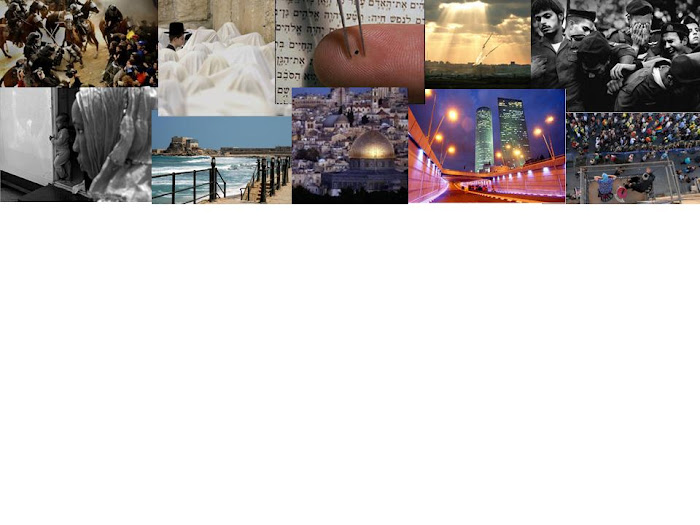A while ago, UK Chief Rabbi Jonathan Sacks gave a lecture in which he argued that while Greek culture is primarily based on site – statues, painting, architecture, sculpture and sport – Judaism is more a culture of the ear.
The Chief isn’t the first to make this distinction. He quotes Eric Auerbach’s essay “Odysseus’s Scar” which explains that while Homer is full of vivid descriptions, the Tanach is not.
No one knows what our heroes looked liked. Instead, we are left with a text “fraught with background” which demands our engagement to fill in the gaps from our own imagination.
To push the argument home, the Chief explained that the Hebrew word for ‘clothes’ (בגד) also means ‘betrayal’. Relying solely on sight can mislead (or blind) us. Instead we need to focus on listening, or hearing (שמע)
I was reminded of this distinction while (re)reading the epilogue of Malcolm Gladwell’s bestselling book Blink – the Power of Thinking without Thinking.
Gladwell describes a story that revolutionized classical music – more women being employed in orchestras.
The cause of this revolution? The simple act of auditions taking place behind a screen rather than in public.
It forced the judges to stop listening with their eyes (which were prejudiced against woman being able to play certain instruments as well as men), and instead listen with their ears and heart.
And the moment this happened, their ears and their heart told them something different about quality of music.
As Gladwell says, there is always a dissonance between what one sees and one hears.
Our job, it would seem, among all the images that flood our everyday existence, is to try and hear the קול דממה דקה among the fire and wind, the short still voice of the divine speaking from somewhere within the ‘noise’.
Original from Lech-Lecha.com
Thursday, October 15, 2009
Subscribe to:
Post Comments (Atom)






No comments:
Post a Comment